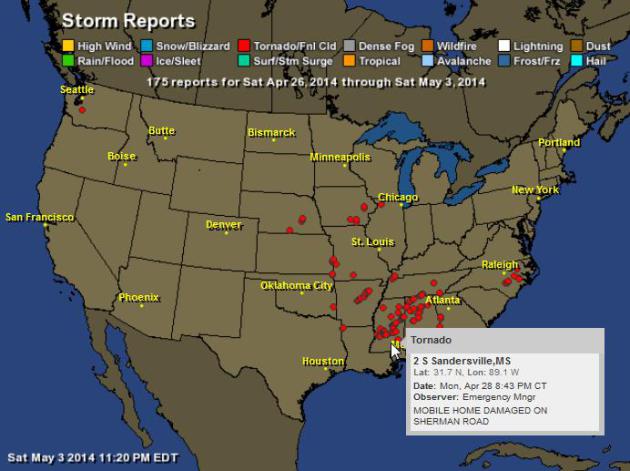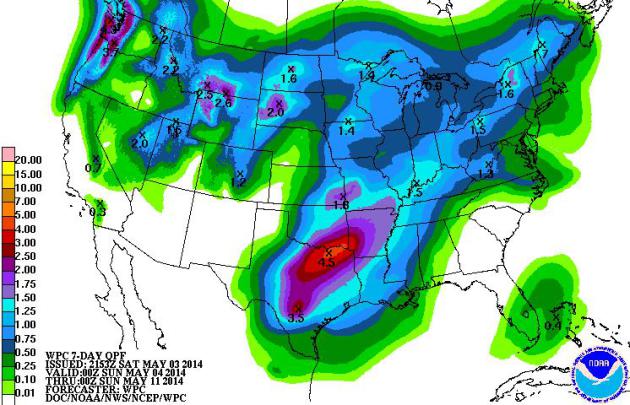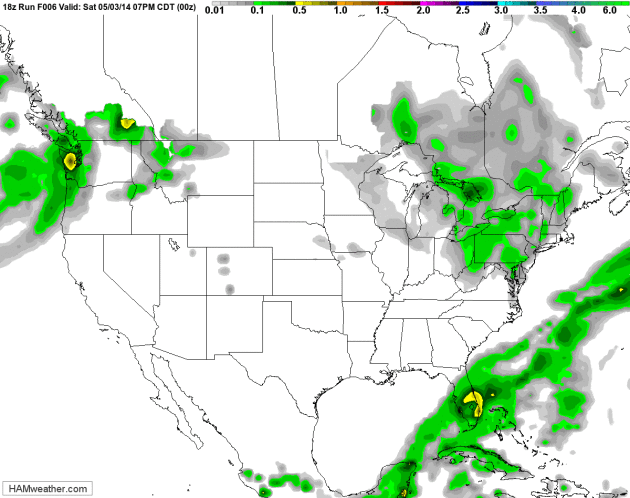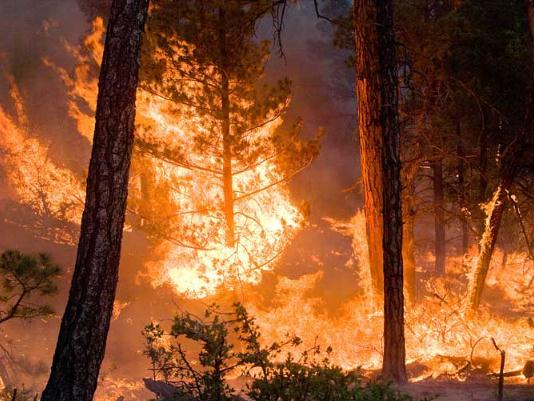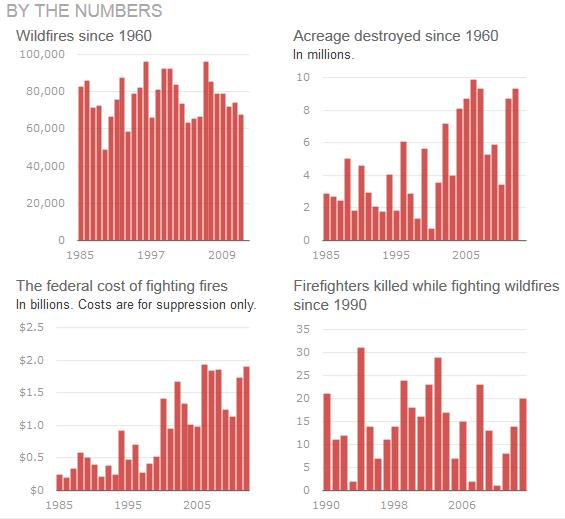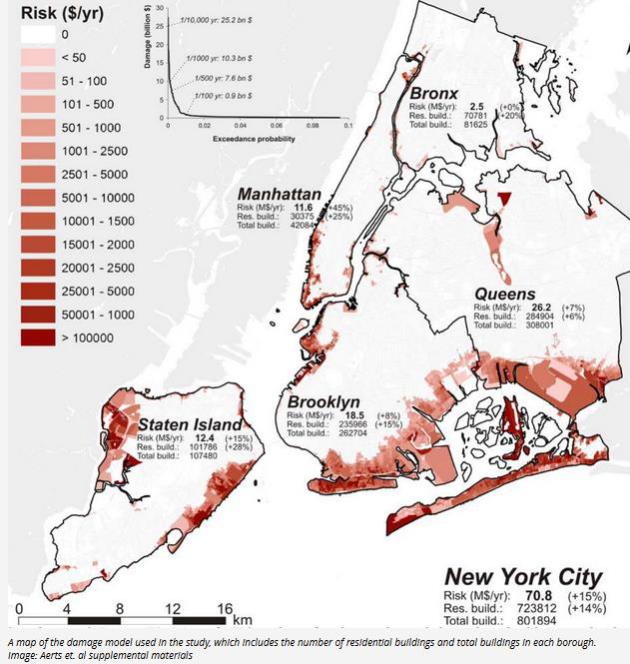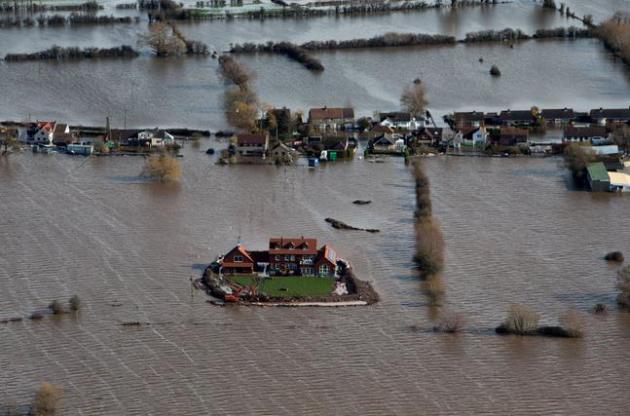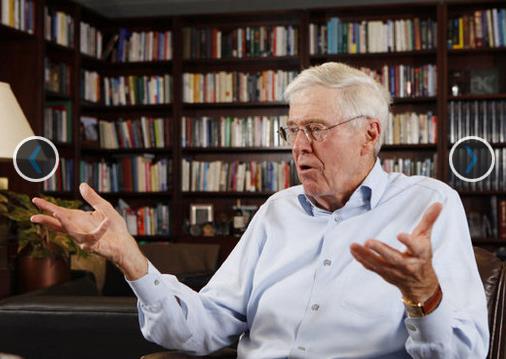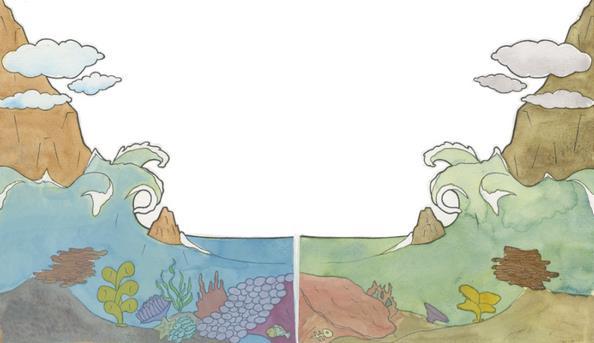Tornado Tough
It's all hype until it shows up in your town. Then it's "Why weren't we warned?" followed by "Why weren't we better prepared?"
Has
your child's school taken any steps to reduce the risk of injury from
extreme weather, including violent tornadoes? I wouldn't hesitate to ask
your school administrators. Last week brought 214 tornadoes, some
monstrous EF-4 in strength.
In today's weather blog: a school in
Memphis retrofitted a few hallways with 6-inch steel frames designed to
resist 250-mph wind loads and sudden spikes in pressure.
I work
with Fortune 500 companies to reduce their weather risk, but I often
wonder if we're making the investments necessary to protect our most
precious resource, our kids.
There's some risk of a severe weather outbreak close to home by Thursday, as warm air surges northward.
After the 15th snowiest winter (nearly 70 inches) and 2nd wettest April, a cool bias shows signs of lingering indefinitely.
The
southern USA is warming rapidly but northern states can't quite shake
off March. A strong north-south temperature gradient sets the stage for
heavier rain and more severe storm outbreaks. I'm betting on
cooler/wetter into June.
I hope I'm wrong.
Is Your Child's School Tornado Tough?
Some school districts are thinking ahead, finding the funding and
making the investments in reinforcing school structures, anticipating
future tornadoes and other extreme weather events. Here's a video and
article from
WMC-TV in Memphis that caught my eye. What steps is your school taking to keep your kids as safe as possible? "...
At
Lakewood Elementary and Middle School in Paris, Tenn., safety is top
priority. That's why over 10 weeks last summer, three existing hallways
inside the school were retro-fitted with a six-inch steel frame,
designed to withstand tornado-strength winds. "Everybody realizes that
once springtime comes, we always have that chance of a tornado
spawning," said Jason Pirtle, TLM Associates. "What those panels do is
they are designed to resist a 250 mile-an -hour wind load and pressures
resulting from that as well as a debris impact from a 15 pound two-by
-four traveling at 100 miles per hour..."
Tornado Preparedness Tips for School Administrators.
Here's a good place to start; an excerpt from a long and detailed set
of suggestions and variables to consider from Roger Edwards at NOAA's
SPC,
Storm Prediction Center, in Norman, Oklahoma: "
The
most important part of tornado safety in schools, and in similar
logistical arrangements such as nursing homes, is to develop a good
tornado safety plan tailored to your building design and ability to move
people. 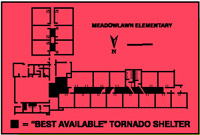 I
have found, through damage surveys and other visits, that a lot of
schools settle for a cookbook-style, "one size fits all" approach to
tornado safety -- often based on outdated literature -- which can be
dangerous when considering the fact that every school is built
differently. The basic concept in the schematic at right is usually
correct; but it must be adapted to your unique school arrangements! For
example, the idea of a relatively safe hallway becomes invalid if the
hall is lined with plate glass, or if it has windows to the outdoors.
Hallways can turn into wind tunnels filled with flying glass and other
dangerous objects
I
have found, through damage surveys and other visits, that a lot of
schools settle for a cookbook-style, "one size fits all" approach to
tornado safety -- often based on outdated literature -- which can be
dangerous when considering the fact that every school is built
differently. The basic concept in the schematic at right is usually
correct; but it must be adapted to your unique school arrangements! For
example, the idea of a relatively safe hallway becomes invalid if the
hall is lined with plate glass, or if it has windows to the outdoors.
Hallways can turn into wind tunnels filled with flying glass and other
dangerous objects..."
Some specific tips from NOAA SPC include:
- If
the school's alarm system relies on electricity, have a compressed air
horn or megaphone to sound the alert in case of power failure.
- Make
special provisions for disabled students and those in portable
classrooms. Portable classrooms are like mobile homes -- exceptionally
dangerous in a tornado.
- Make sure someone knows how to turn off electricity and gas in the event the school is damaged.
- Keep
children at school beyond regular hours if threatening weather is
expected; and inform parents of this policy. Children are safer deep
within a school than in a bus or car. Students should not be sent home
early if severe weather is approaching, because they may still be out on
the roads when it hits.
- Lunches or assemblies in large rooms
should be postponed if severe weather is approaching. As illustrated
above, gymnasiums, cafeterias, and auditoriums offer no meaningful
protection from tornado-strength winds. Also, even if there is no
tornado, severe thunderstorms can generate winds strong enough to cause
major damage.
Photo credit above: National Weather Service office, Lubbock, Texas.
175 Tornadoes Last Week. Data from NOAA SPC and
HAMweather
shows a total of 175 tornadoes in the last 7 days, touching down from
Iowa and Illinois southward to Florida. The most intense tornadoes
touched down north of Little Rock and across Mississippi Tuesday and
Wednesday.
Tornado Recap. This overview from the
Birmingham office of the NWS includes some of the meteorological dynamics that resulted in a major outbreak.
Looking More Like Spring.
I realize we've had a few false starts, but it appears tha tspring may
finally stick. Today will look and feel like something out of early
October, but by midweek highs surge into the 60s; 70s to near 80F
possible by Thursday, with highs near or above 70F again next weekend.
Our mild weather drought may finally be coming to an end. It's time.
Graphic: Weatherspark.
7-Day Rainfall.
Texas is forecast to see soaking rains with the heaviest amounts north
of Dallas, but heavy showers are likely from the Pacific Northwest
eastward to the Dakotas, Upper Midwest and Ohio Valley as a sharp
north-south temperature contrast sparks a series of storms, some
potentially severe by midweek.
GFS Model.
As jet stream winds buckle northward by midweek, sending a surge of 70s
and 80s into the Midwest, the risk of strong to severe storms will
increase. Heavy rain brushes Seattle and Portland, while California
remains bone-dry. Guidance: NOAA and HAMweather.
Southern California Blaze Kicks Off What Could Be Especially Dangerous Wildfire Season. 100% of California is now in some stage of drought and fires flaring up in late April are a bad omen of the year to come.
TIME Magazine has a recap; here's a clip: "...
That’s
because the Golden State is primed to burn. California is suffering
through its most severe dry spell in decades, with the entire state now
in some category of drought. At the beginning of May the snowpack level
in the Sierra Nevada mountains—a key source of stored water—was just 18% of normal.
This winter, meanwhile, was the warmest on record for the state. The
drought and the heat mean that plants and trees haven’t grown as many
green leaves as usual. Those leaves help trees maintain moisture—and
without them, the plants are that much more likely to ignite in a blaze..."
File photo: Karl Greer. U.S. Forest Service.
U.S. Wildfire Trends. The AP and
Daily Astorian included a set of graphics that shows recent trends in wildfires across the nation.
Spelling for 100. No, you can't make this stuff up. I'm just glad this guy isn't operating a nuclear power plant.
Climate Stories...
"....
Bob
Inglis, a former congressman from South Carolina, has proposed a
conservative approach to dealing with climate change through his group,
the Energy and Enterprise Initiative. His proposal would:
■ Eliminate all subsidies for fuels.
■ Attach all costs to fuels. Coal would be assessed for its environmental and safety impacts, for instance.
■ Ensure revenue neutrality.
One
sensible solution is a swap that taxes carbon and reduces income taxes
or payroll taxes by an equal amount. It would reduce what we won’t want —
carbon — and increase what we do want — jobs..."
- from an Op-Ed from the Florida Times-Union, at jacksonville.com. More details below.
 Our Lonely Home In Nature
Our Lonely Home In Nature.
No, nature is neither friend nor foe. It merely is - set in motion by
the same forces that created Earth. MIT Physicist Alan Lightman has a
very good read in this Op-Ed at
The New York Times; here's an excerpt: "...
The
recent report by the United Nations Intergovernmental Panel on Climate
Change documents the damage now being done by human-created greenhouse
gases and global warming.
In reacting to the report, we should not be concerned about protecting
our planet. Nature can survive far more than what we can do to it and is
totally oblivious to whether homo sapiens lives or dies in the next
hundred years. Our concern should be about protecting ourselves —
because we have only ourselves to protect us."
Florida On Front Lines Of Climate Change. Here's another excerpt of an Op-Ed that at
jacksonville.com
that seemed more than sensible to me, especially for Floridians, who
will be some of the first to experience the consequence of rising sea
levels linked to a warming world: "
For Florida, rising sea levels
are the most obvious threat. The IPCC estimates there is a 60 percent
probability that sea levels will rise by about 3 feet by the end of this
century; it also warns the rise could be as much as 7 feet. A spokesman
for Swiss Re, the world’s second largest reinsurer, said parts of
Florida could become uninsurable by 2100, the Miami Herald reported..."
How Megacities Can Survive Rising Tides.
New research focuses on New York City, but applies to all cities and
infrastructure within 10-15 feet of sea level. Here's an excerpt from a
fascinating read at
Motherboard: "...
Of
course, there's the big question (which the authors actually refer to
as such) of figuring out who's going to pay for things. Improvements of
individual buildings will most likely be covered by property owners,
while the most costly infrastructure improvements will likely require a
mix of city, state, and federal funds. "The big question in all of these
things is who's going to pay for it?" Michel-Kerjan said. "Who's going
to pay for these barriers, or who will pay for the economic consequences
and even the human consequences if we fail to build them?..."
Winter Floods Linked To Global Warming.
Is rapid warming of the Arctic and northern latitudes impacting the
configuration and speed of the jet stream, increasing the potential for
extreme weather events, with more of a tendency for weather patterns to
get "stuck"? Here's an excerpt from The Australian and
Scientific American: "...
Speaking at the European Geosciences Union annual meeting here
in Vienna, Myles Allen, a professor of geosystem science at the
University of Oxford, presented his take on the issue. At the gathering
of more than 12,000 geoscientists, Allen reported an ambitious computer
experiment that his team has undertaken over the last two months to test
whether the winter floods could be attributed to climate change. And it seems that they can be linked. The floods of January 2014 certainly were extreme. According to Oxford’s records of daily rainfall, they were unprecedented in 250 years..."
File photo: Steve Parsons. AP.
Alaska's "Ice-Quake" Record Could Shake Up Climate Science.
The Daily Climate has an interesting story; here's an excerpt: "...
West's
new findings are different from previous studies where scientists
instrument and study a single glacier in a targeted way. His research
opens up the possibility of tracking what is happening over all of
Alaska, one of the most dynamic glaciated regions of the world....Alaska
is the most glaciated U.S. state,
with glaciers covering about 29,000 square miles, about 5 percent of
its surface. More than 99 percent of the state's low-lying glaciers are
retreating..."
Photo credit above: "
Icebergs from
the Columbia Glacier in Alaska. For years scientists have recorded
calving events on sensitive earthquake detectors. Now they are realizing
the recordings could offer valuable insight for climate science." Photo courtesy
NASA.
Koch Brothers Face An Unexpected New Foe: Tea Party Conservatives.
Wait, you want to TAX free power coming from the sun? Seems pretty
un-American to me, and apparently some Tea Party members agree. David
Horsey has more at
The Los Angeles Times: "...
To
these conservative-minded citizens, the extra fee being pushed by the
Kochs and the utilities is the worst thing in the world: a tax.
“Monopoly utilities want to extinguish the independent rooftop solar
market in America to protect their socialist control of how we get our
electricity.” That assertion comes from the website of a group named
TUSK, or Tell Utilities Solar Won’t Be Killed..."
Cartoon credit above: David Horsey.
Koch Brothers Decline Invitation To Debate Climate Change.
Smart move. Although I suspect their current position is untenable over
the long haul, no matter how many billions they have invested in fossil
fuels. Here's an excerpt of a story from
The Kansas City Star: "...
We’re
glad that Koch Industries has acknowledged that they are not experts on
climate change,” Wong said in an e-mail. “The scientific community has
in fact had a free and open debate about climate change and reached an
unequivocal conclusion: Our climate is changing and carbon pollution
from burning fossil fuels is primarily responsible...”
Photo above: Bo Rader, The Wichita Eagle.
Read more here: http://www.kansascity.com/2014/05/02/4998578/koch-brothers-decline-personal.html#storylink=cpy
A Look Into Climate Change. DIG Magazine has the article; here's a clip: "....
I
believe climate change is a natural phenomena, but what we are seeing
is a rapid change that is human induced," said CSULB environmental
science and policy professor Monica Argandona. This is exactly correct.
Climate change is something that has been happening for millions of
years; however, the effects of climate change have never happened this
quickly before. Carla Weaver, a geology professor, added to the idea and
said that, "the velocity of climate change today is quicker than past
periods between ice ages..."
Illustration credit: Daniela Gonzalez.

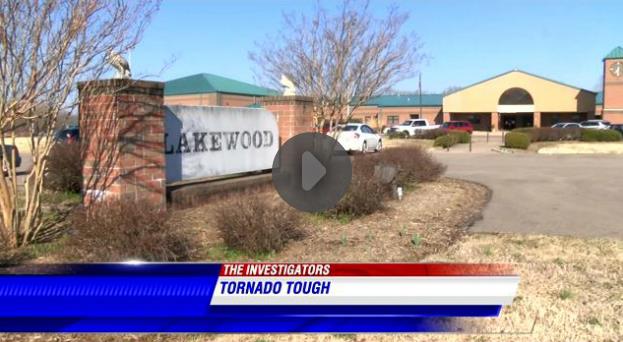
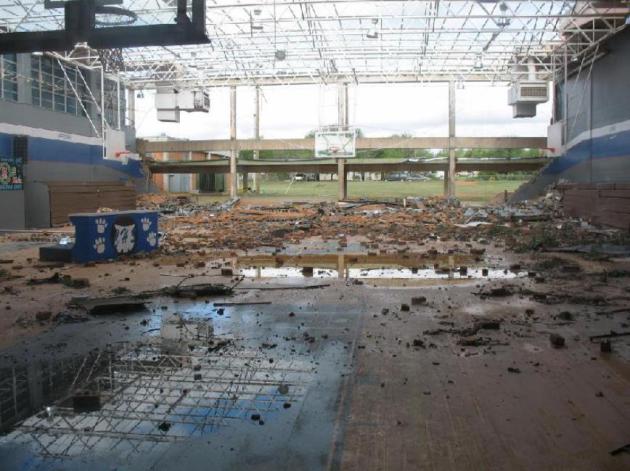
 I
have found, through damage surveys and other visits, that a lot of
schools settle for a cookbook-style, "one size fits all" approach to
tornado safety -- often based on outdated literature -- which can be
dangerous when considering the fact that every school is built
differently. The basic concept in the schematic at right is usually
correct; but it must be adapted to your unique school arrangements! For
example, the idea of a relatively safe hallway becomes invalid if the
hall is lined with plate glass, or if it has windows to the outdoors.
Hallways can turn into wind tunnels filled with flying glass and other
dangerous objects..."
I
have found, through damage surveys and other visits, that a lot of
schools settle for a cookbook-style, "one size fits all" approach to
tornado safety -- often based on outdated literature -- which can be
dangerous when considering the fact that every school is built
differently. The basic concept in the schematic at right is usually
correct; but it must be adapted to your unique school arrangements! For
example, the idea of a relatively safe hallway becomes invalid if the
hall is lined with plate glass, or if it has windows to the outdoors.
Hallways can turn into wind tunnels filled with flying glass and other
dangerous objects..."